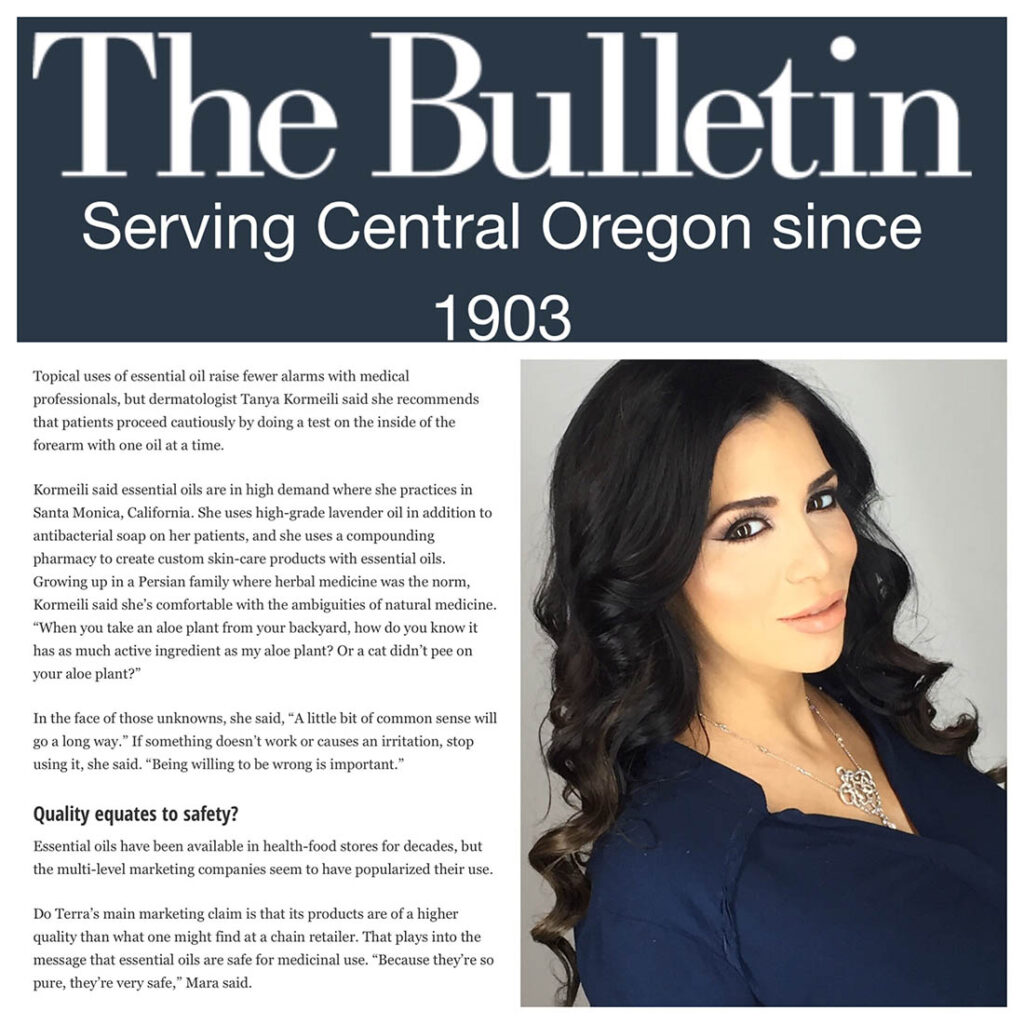UNDERSTANDING VIRAL INFECTIONS 101
Long before we knew about the COVID-19 virus, we had to protect ourselves and our patients from other lethal viral infections. We hardly ever think of HIV or Hepatitis C anymore. There was a time when these viral infections consumed our daily energy in medicine. As a result of these two blood born pathogens, we learned to properly wear gloves, and how to sanitize our instruments, our equipment and offices to fight against infection.
This created the concept of Universal Precaution. This means, we just assume everyone is infected and we protect against infection. Is it 100% effective always? Of course, not! In fact, if you have been in a surgical field like dermatology long enough, you have gotten yourself a few scary encounters with dirty needles and scalpels! My last one in fact was when I was pregnant, and a dirty needle pierced my skin. Imagine coming home to your husband and saying, “Hi! I think I might be exposing myself, our embryo, and you to HIV today! How was your day?” Good times indeed.
So, what do we do when such exposures take place? There are national protocols based on risk, based on the concept of “viral load.” Here is the skinny on viral load: once the virus enters your body, it needs to enter your cells, and begin to multiply itself. If a few viral particles enter it will take longer to create a critical mass for infection. If large numbers enter, it is easier for the virus to create more of itself by law of exponential growth. So, if the person who has the virus doesn’t have a big viral load, the chance of them infecting you is rather low.
RISK ASSESSMENT
This applies so well to our new pesky virus, COVID-19 as well! Your chances of getting infected are low if:
- The person who is COVID-19 positive is pre-symptomatic, with a viral load that is still very low. If they don’t have a lot of viral particles in their body, they are less likely to shed many to you.
- Mode of transmission is important. You need to have a critical number of viral particles enter your body to get infected. If an infected person sneezes or coughs on you, lots of particles land on you. If the person is merely breathing there are less particles aerosolized.
- Covering is key! If there are viral particles floating in an environment and your body is covered, you are less likely to have the viral particles enter your body. It is much harder for an intruder to enter your home if your gates are locked!
- Your immune system is your friend. We all know viruses need us to live and replicate. But, what if you are simply a bad host for them? If your immune system is strong, and you are quick to care for yourself, you are better prepared to deal with any infection.
OUR OFFICE SAFETY
This is how this concept is playing out in our lives, and how we care about our patients, while protecting ourselves and our families.
- We simply are NOT allowing people who are sick (high viral load) to enter our facility. Temperature checks and COVID questionnaires are aimed to detect people who might be having a detectable viral load. If no one with high viral load comes near us, our chances are simply minimized.
- We wear full PPE. We cover ourselves as if every person entering the space is highly infectious and contaminated with a high viral load! When you prepare for the worst-case scenario, it is easy to handle the easy cases.
- Patients are NOT allowed in without a mask or appropriate face covering.
- We do not allow any patients to interact with each other. Every patient is kindly placed in their own room in isolation until their visit is completed.
- We have HEPA filters cleaning every single room that a patient enters at all times.
- We disinfect the rooms and common areas assuming anyone who was in there was infected. Every surface, every clipboard, pen, stool, chair, exam table, door handle, light fixture, etc, are all disinfected with 2 different commercial grade germicidal cleansers. Then that room is left empty with the door closed and the air is filtered.
- Other safety measures: We have removed magazines, waiting area seating, and unfortunately the tea and chocolates from our patient experience for extra safety measures.
- Staff temperatures are taken and logged daily.
- Staff PPEs are inspected and replaced as needed.
- We are continuing to offer virtual visits as needed and appropriate to help our patients when procedures are not needed.
- Every patient will be directly escorted to a private exam room. We will not be using waiting rooms or common areas. We will be checking your temperature in the rooms. All treatments, as well as check in/out procedures will be in the treatment rooms only.
- Each patient will be asked to please leave the office after the completion of their appointment to avoid contact with any other patients.
- Kindly refrain from bringing guests with you to your appointment. Drivers or friends can please wait in their respective cars until the end of your appointment. Of course, we understand minors, power of attorney or translators might be an exception.
- Spaced out patient in office appointments to minimize exposure risks and ensure social distancing.
- You may also enjoy this video about proper mask placement.





